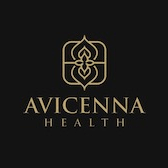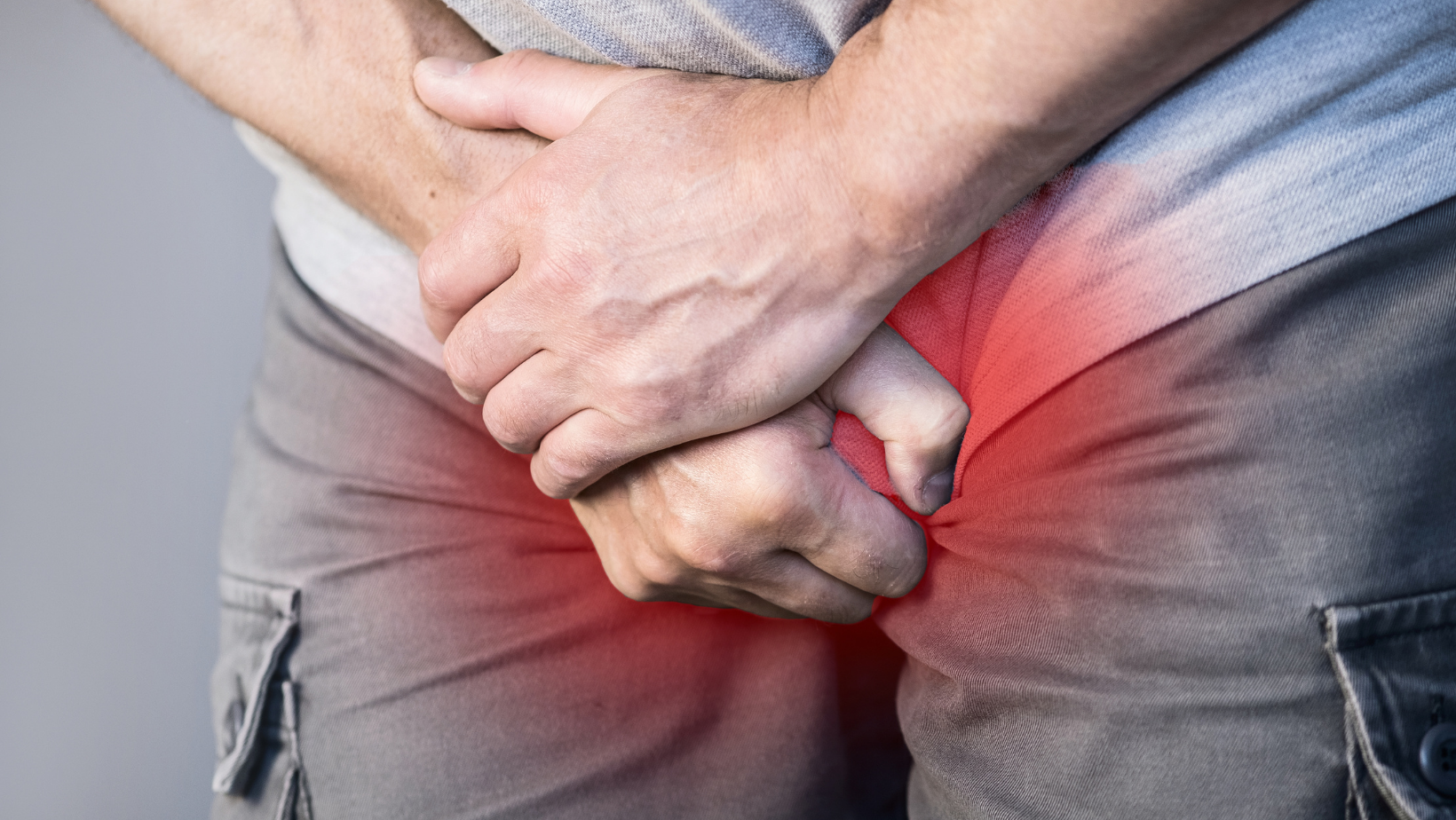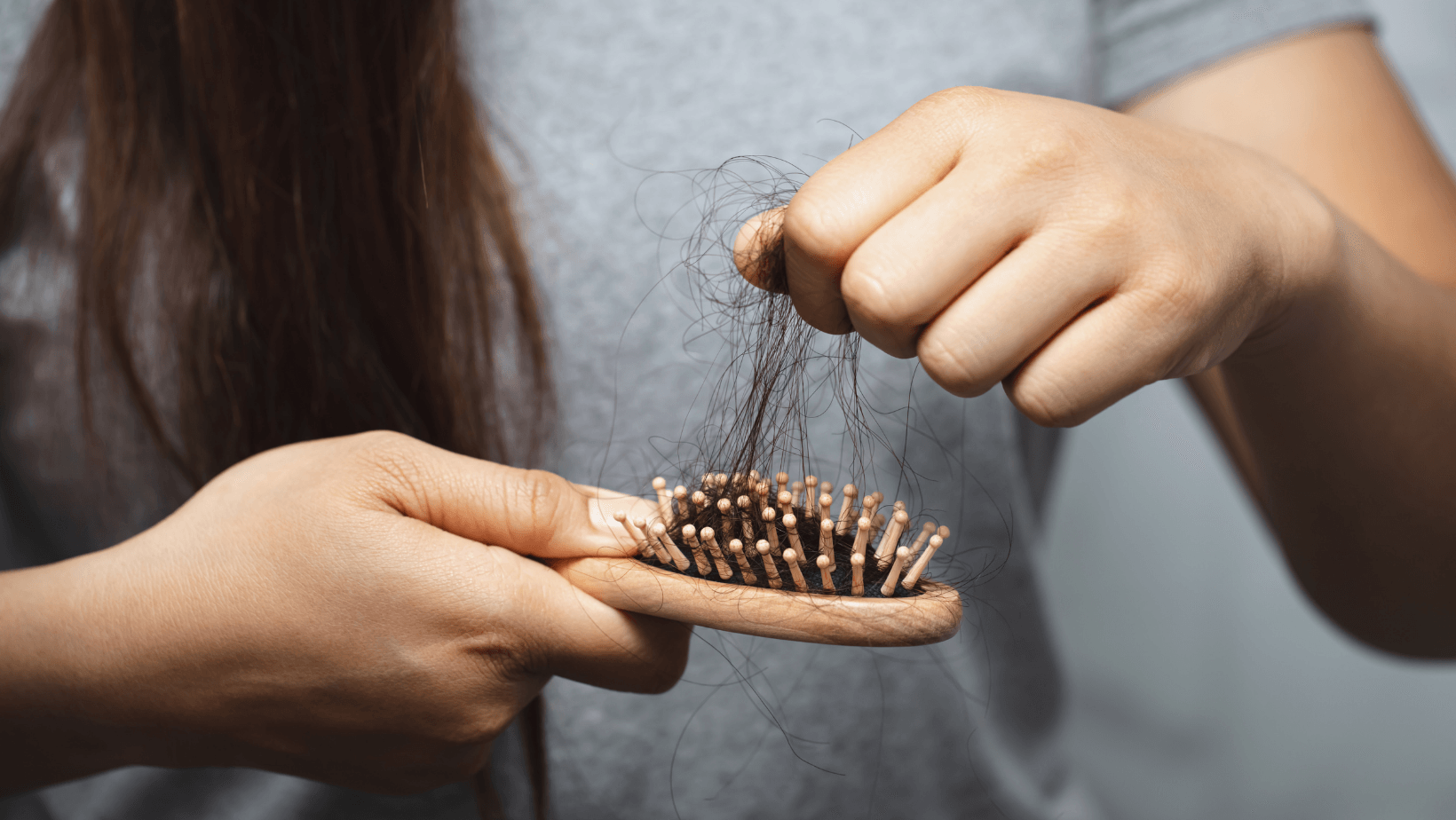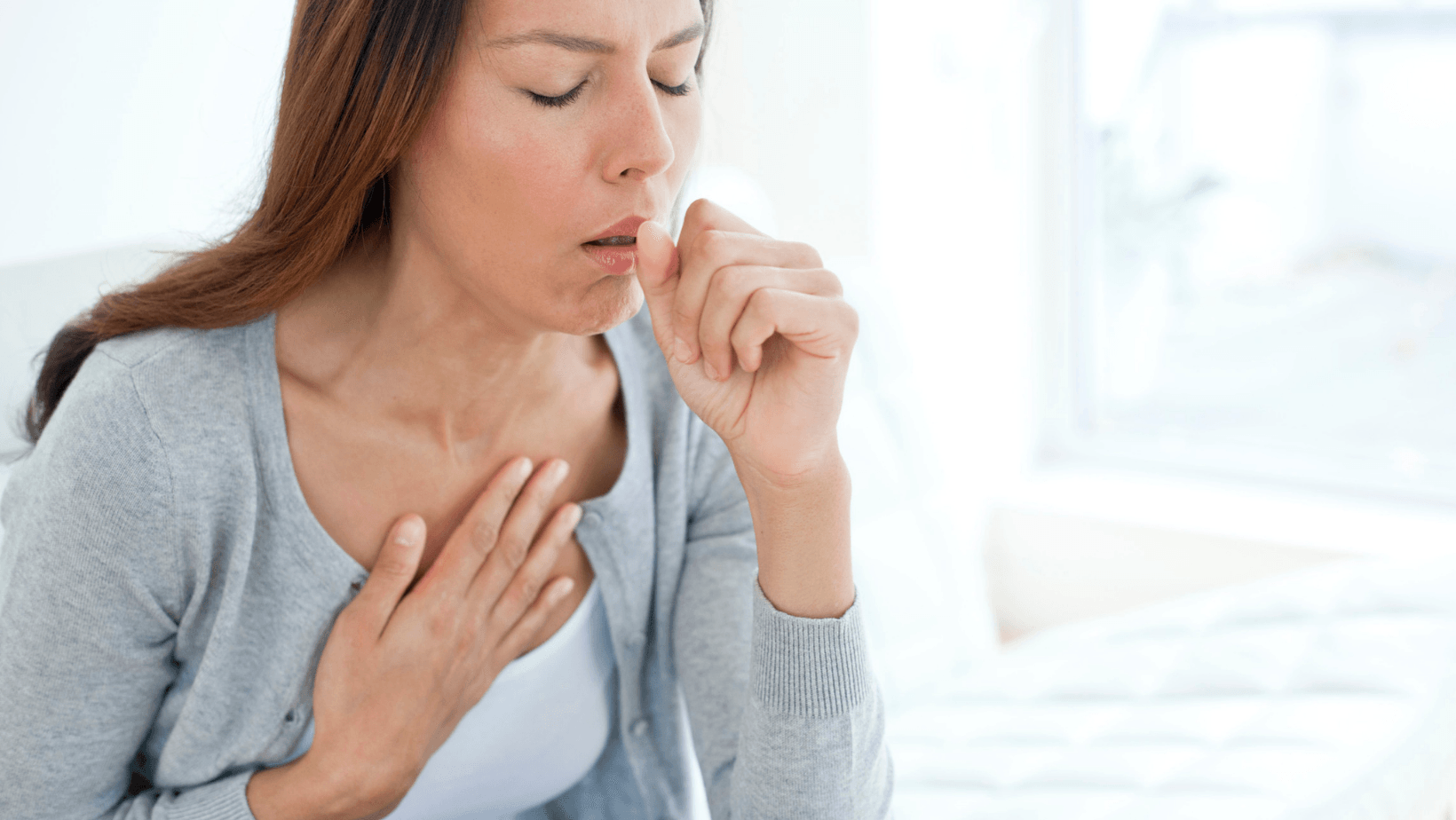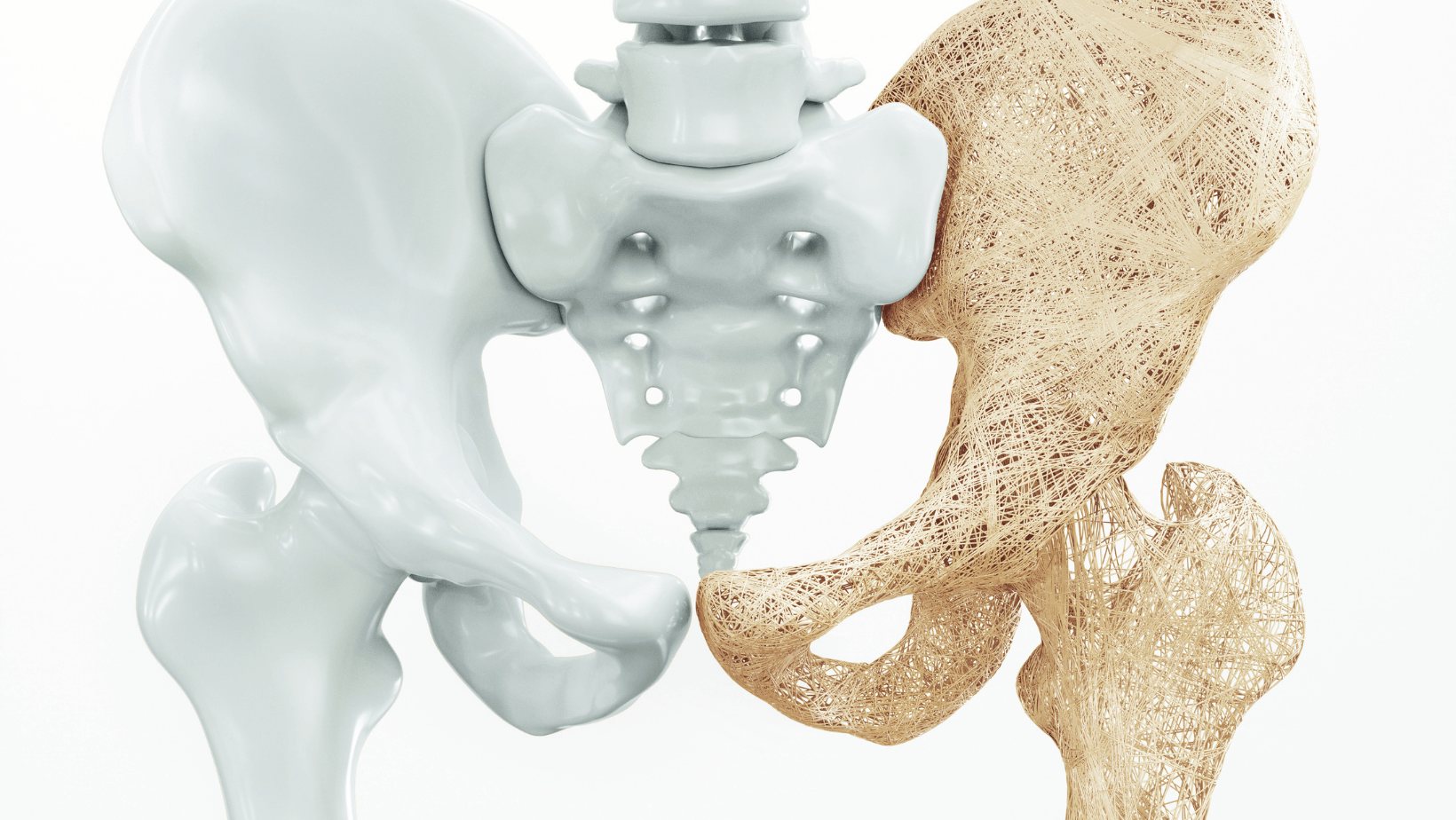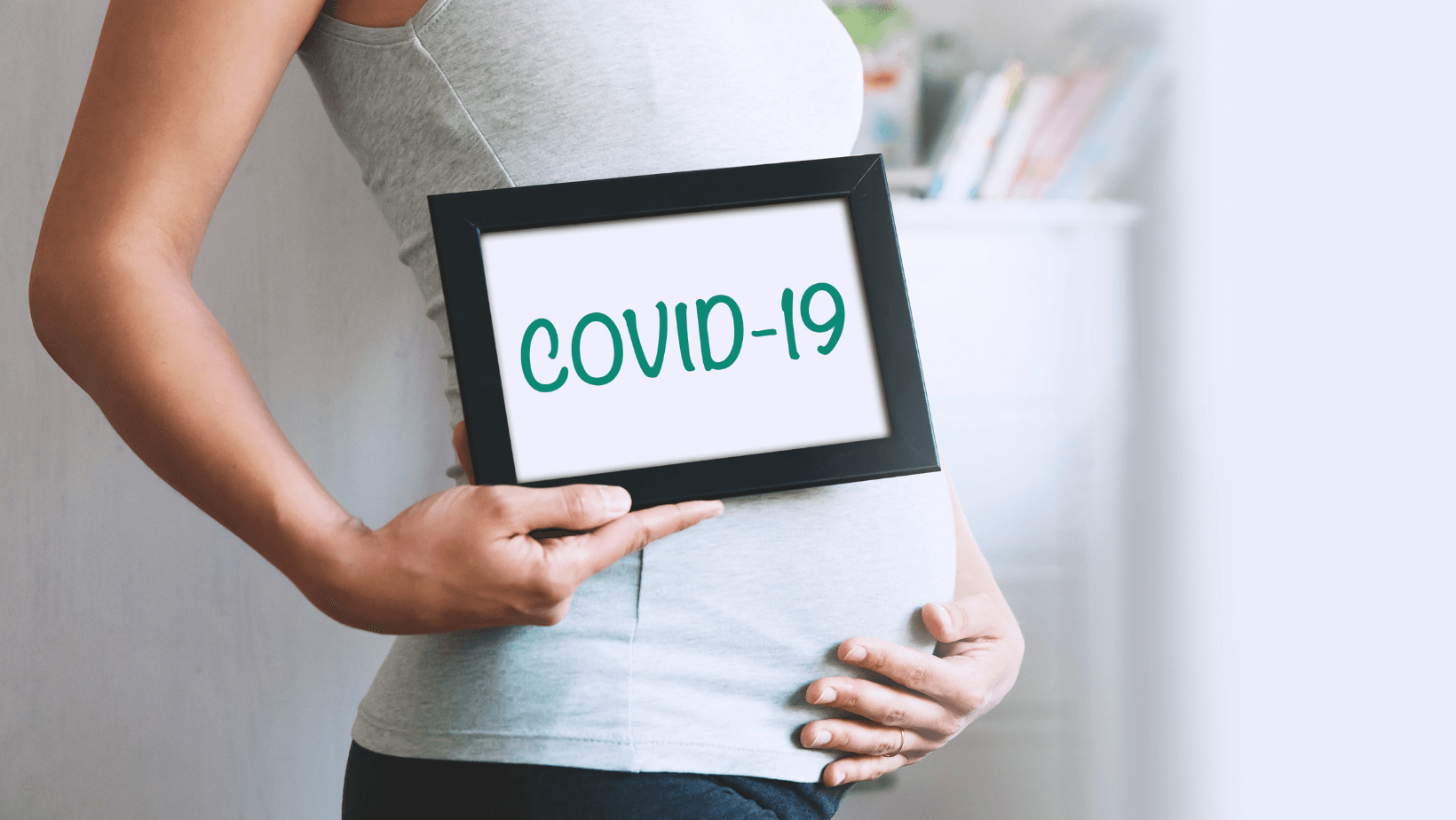Mastitis - Symptoms, Causes, and Treatment - Avicenna Health
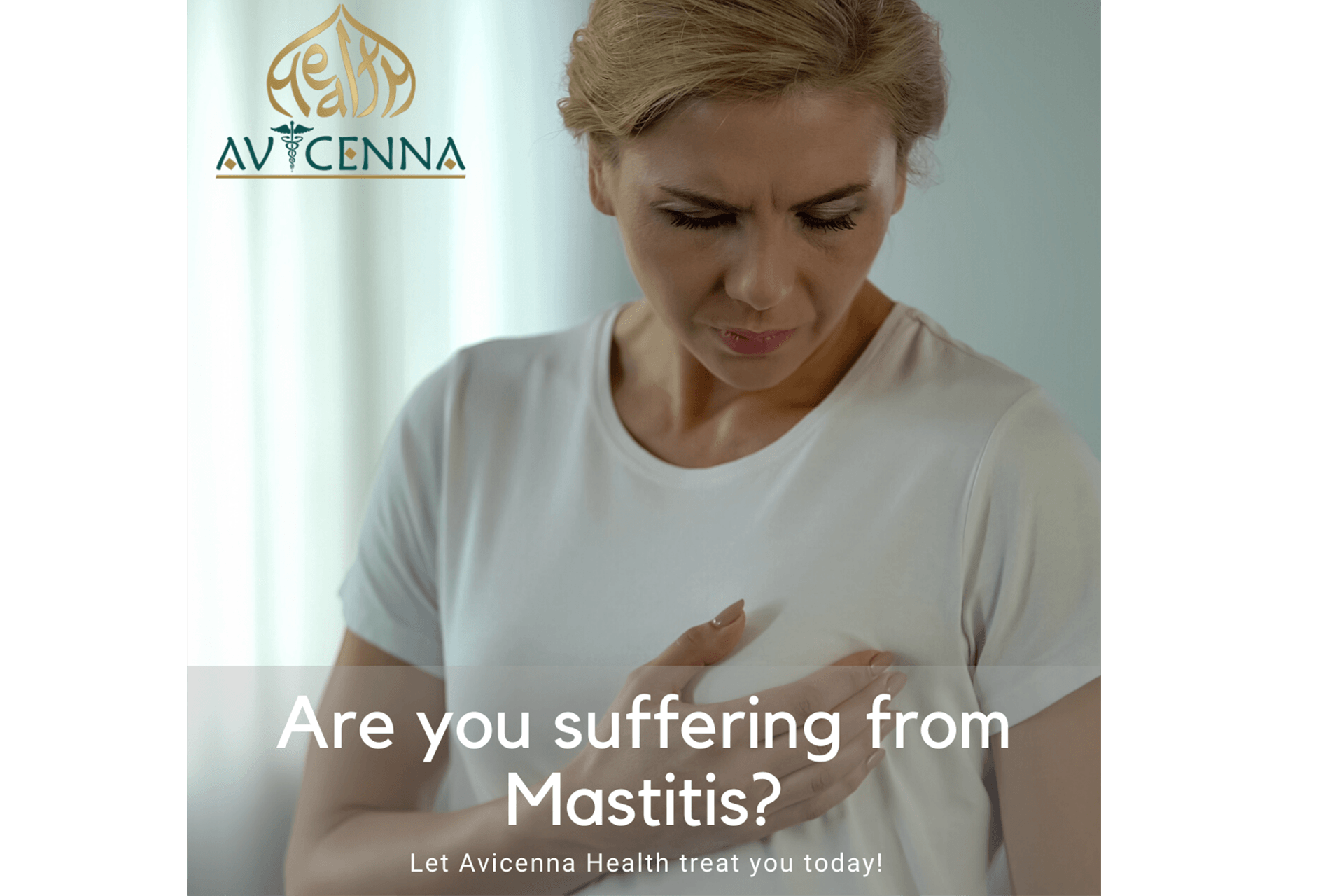
- If your doctor prescribed antibiotics, take them as directed. Do not stop taking them just because you feel better.
- If you are breastfeeding, continue breastfeeding or pumping breast milk every 2 to 3 hours while you are awake.
- These tips may help:
- Before breastfeeding, place a warm, wet washcloth over your breast for about 15 minutes. Massaging the affected breast may also increase milk flow.
- Breastfeed on both sides starting with your healthy breast first. Then, after your milk is flowing, breastfeed from the affected breast until it feels soft. You should empty this breast completely.
- Pump or express milk from the affected breast if it hurts too much to breastfeed.
- Take an over-the-counter pain medicine, such as acetaminophen or ibuprofen to relieve pain and fever.
- Rest as much as possible.
- Drink extra fluids.
- If pus is draining from your infected breast, wash the nipple gently and let it air-dry before you put your bra back on. A disposable breast pad placed in the bra cup may absorb the pus.
- Sometimes, a blocked nipple pore, called a milk blister (or bleb) causes milk to back up in the breast. It is often a white dot on your nipple that can be painful. It can cause mastitis, so it's important to treat this if it happens. You may place a warm, wet washcloth over the blister before breastfeeding or pumping. If this doesn't clear the blockage, your doctor can open the blister using a sterile needle.
